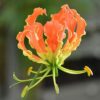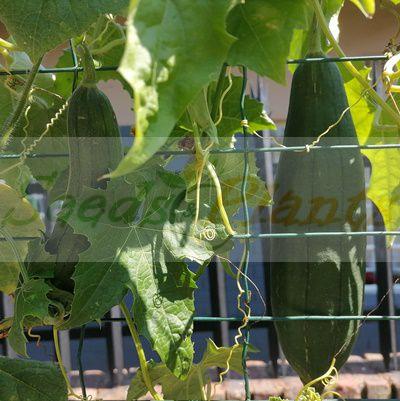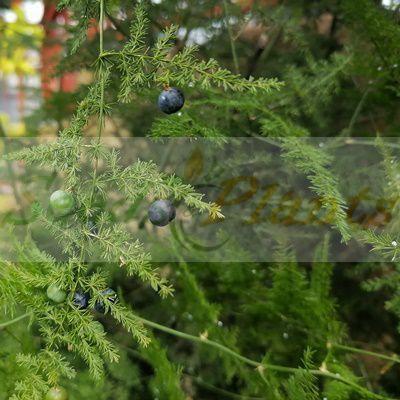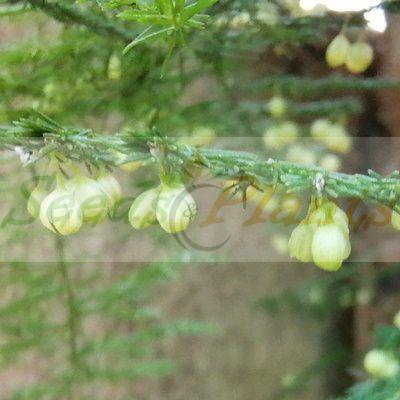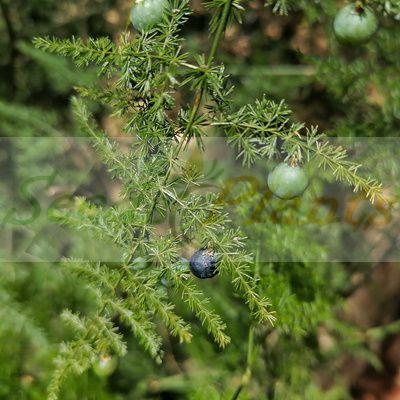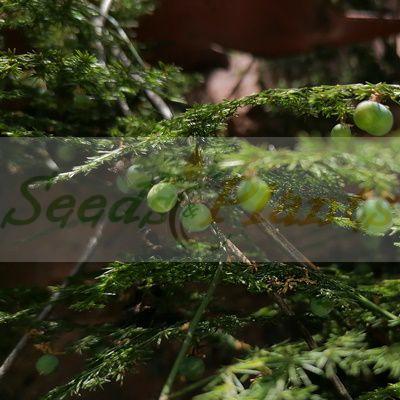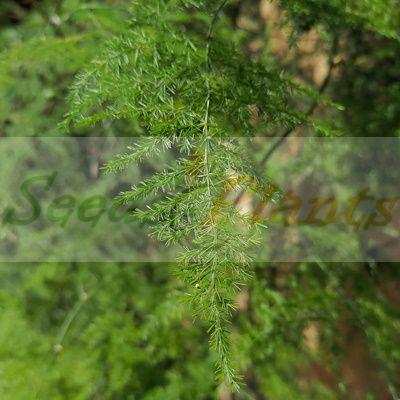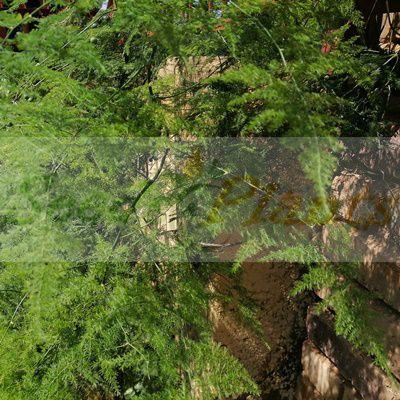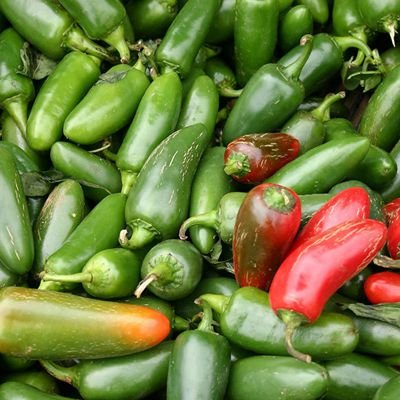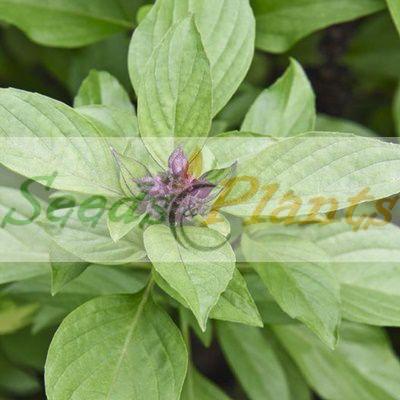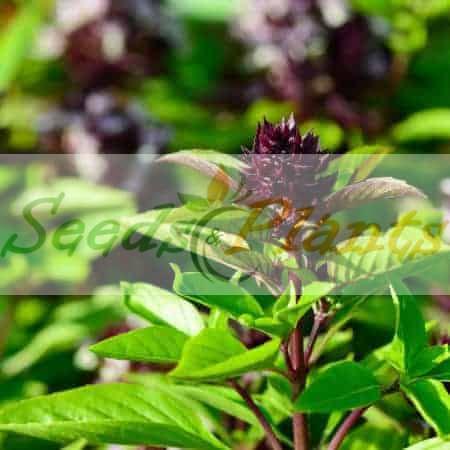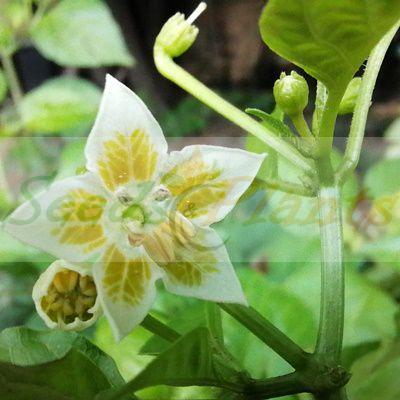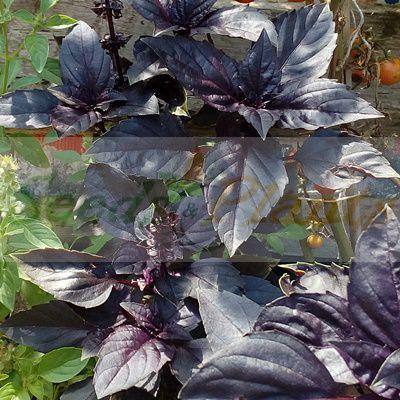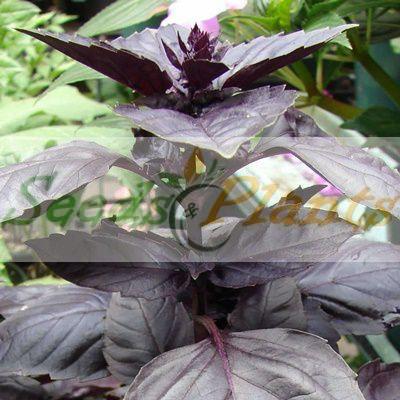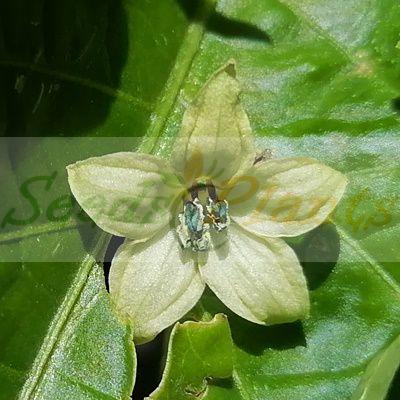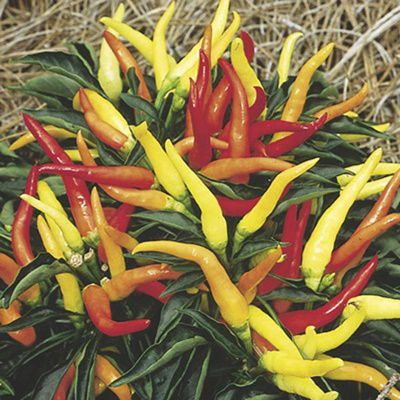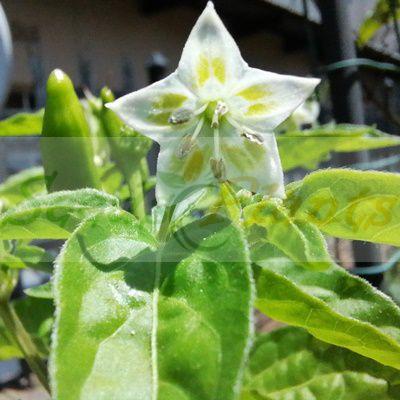🌿 Vine & Creeper Quick Facts
Lace Fern – 20 Seeds
(Asparagus setaceus)
R30.00
Despite its common name, Lace Fern is not a true fern, but has leaves that resemble one. The attractive foliage is also used in floral arrangements.
Common Names: Lace Fern, common asparagus fern, asparagus grass, climbing asparagus, or ferny asparagus.
Seed Type: Organic – Harvested from our own plants.
Indoor Sowing: Late Winter and Early Spring.
Direct Sowing: Early Spring.
Only 2 left in stock
🌿 Vine & Creeper Quick Facts
Asparagus setaceus, commonly known as common asparagus fern, asparagus grass, lace fern, climbing asparagus, or ferny asparagus, is a climbing plant in the genus Asparagus. Despite its common name, the plant is not a true fern, but has leaves that resemble one. The attractive foliage is also used in floral arrangements. The feathery, fern-like flattened sprays of bright green stems, small white summer flowers and deep purple berries make this plant look very attractive.
It originates from southern Africa and is cultivated as an ornamental plant, indoor plant, or in containers and gardens. Lace Fern is a creeping perennial with tough green stems and leaves that can grow several meters long. These stems grow in a twining fashion and produce numerous short, horizontal-spreading (i.e. lateral), branches. Sharp barbed thorns occur on the stem. Occurring from spring to autumn, the small greenish-white bell-shaped flowers are 0.4 cm long, and are followed by small green berries, which blacken with maturity.The attractive foliage is also used in floral arrangements. It is very hardy and adapts readily to cultivation.
Growing Lace Fern
Indoor Sowing: Late Winter and Early Spring.
Direct Sowing: Early Spring.
- Soak seeds in water overnight.
- Fill a pot with moist mineral-based soil or perlite and press the seed on top of the soil. The seeds need light to germinate.
- Put the pot in a ziplock bag and place the pot on a windowsill or in a small greenhouse in partial shade.
- Germination in about 4 weeks.
- When true leaves have developed, you can transplant the seedlings into larger pots to continue growing.
Disclaimer
Medicinal Information:
All medicinal information on this website is for educational and informational purposes only and may not be construed as medical advice. The information is not intended to replace medical advice or treatment offered by healthcare professionals.
Seeds, Plants, Plant Cuttings, Geophytes and Dried Herbs:
In some countries and provinces, certain plants are deemed as invasive and are not allowed to be planted at all, whilst some plants are allowed to be grown only in certain areas or provinces. The onus is on you as the buyer to familiarize yourself with the regulations pertaining to your location, before purchasing any of our seeds, plants, plant cuttings, geophytes or dried herbs. We will not be held liable, should you purchase any seeds, plants, plant cuttings, geophytes or dried herbs. from us which are prohibited in your country or province.
Related products
Chocolate Habanero Chilli Pepper – 10 Seeds
(Scoville heat units: 300,000 to 425,000)
(Scoville heat units: 15,000 to 30,000)

